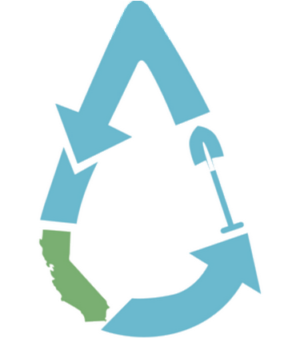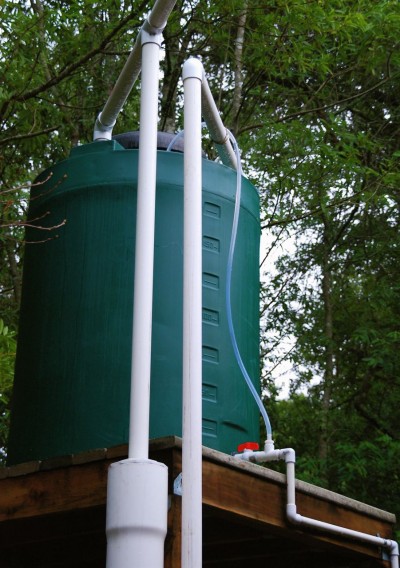2014 – Present
In 2014, the OAEC WATER Institute, Sierra Watershed Progressive, representatives from regulatory agencies such as Sonoma County PRMD, and others, came together to launch a policy initiative designed to localize California’s waters – The Decentralized Water Policy Council. The Council brought together allies working to increase water efficiency and reuse in commercial and residential settings throughout California. In 2017, the DWPC transitioned to the California Onsite Water Association (COWA).
COWA supports a collaboration of multiple stake-holder water activists, engineers, regulators and practitioners committed to removing barriers to reusing and conserving water onsite in all our land use activities. This coalition convenes the annual Localizing California Waters Conference and creates effective integrated water management strategies through decentralized water projects and working committees that accomplish policy goals.
Legalizing and removing barriers to protect water is one of OAEC’s strategies for change.

Localizing California Water
COWA Working Areas:
- Blackwater (including Composting Toilets)
- Greywater
- Rain and Stormwater
- Ground and Surface water
Currently COWA’s over-arching goals are:
- Streamline and modernize regulatory standards for onsite water technologies
- Advance legislation and policy that embraces localized water as part of a comprehensive, sustainable management
- Increase public awareness and information encouraging localized water solutions
- Promote best management practices for system installations, operations, and maintenance






